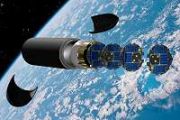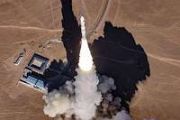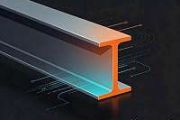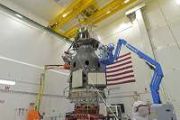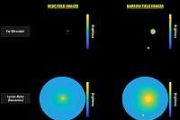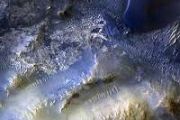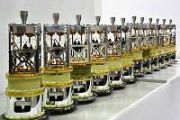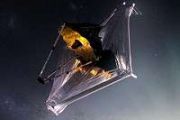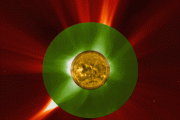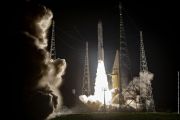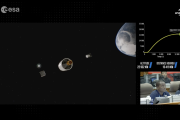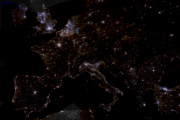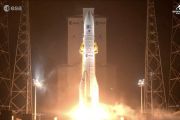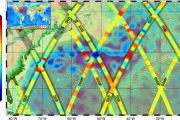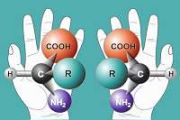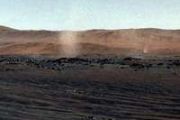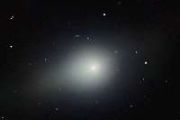
Copernical Team
Will solar panels work at Proxima Centauri?
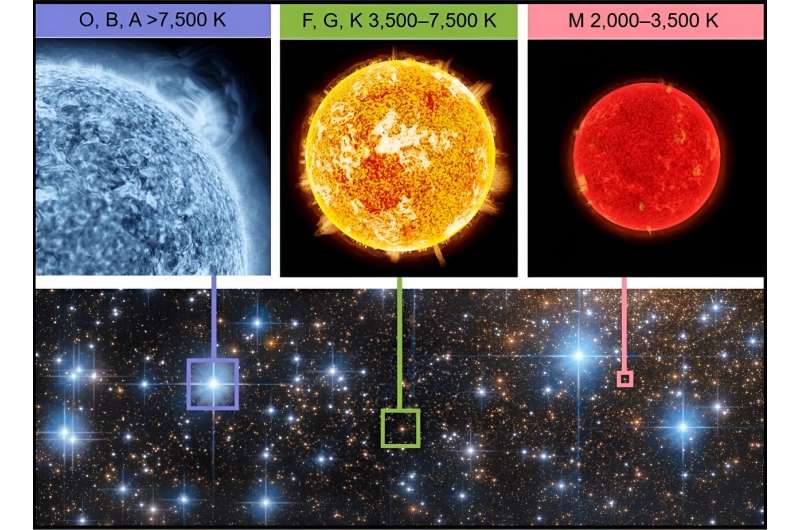
Solar panel technology has advanced significantly in recent years, to the point where solar energy is the fastest-growing renewable power source. The solar panels we have today are a by-product of those used in space.
If you want to power a satellite or crewed spacecraft, there are only two ways: solar energy or nuclear power. Of the two, only solar energy isn't limited by the amount of fuel you bring on board. As we contemplate traveling to other star systems, this raises the question: will solar panels work near other stars?
Solar panels generate an electric voltage through what is known as the photoelectric effect. The effect was first discovered in the 1800s when scientists noticed that charged metallic planets could give off electrons when exposed to ultraviolet light. This led to the discovery that light consisted of quantum particles known as photons.
Researchers 3D print moon rover wheel prototype with NASA
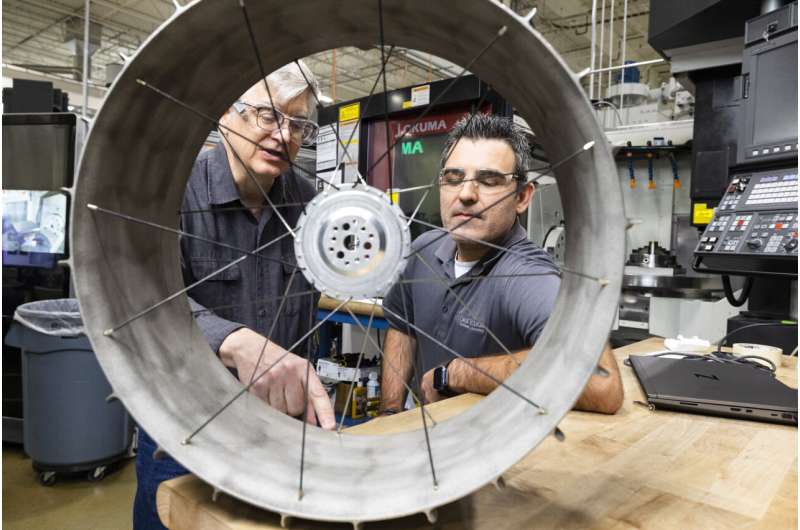
Researchers at the Department of Energy's Oak Ridge National Laboratory, in collaboration with NASA, are taking additive manufacturing to the final frontier by 3D printing the same kind of wheel as the design used by NASA for its robotic lunar rover, demonstrating the technology for specialized parts needed for space exploration.
The additively manufactured wheel was modeled on the existing, light-weight wheels of the Volatiles Investigating Polar Exploration Rover, or VIPER, a mobile robot NASA plans to send in 2024 to map ice and other potential resources at the south pole of the moon.
Vega's PRETTY CubeSat: Unlocking satnav for Earth data
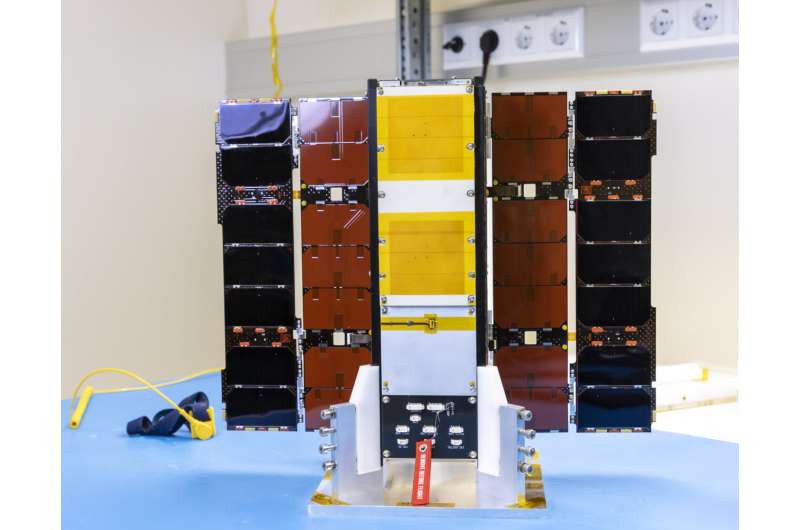
Our planet is being continuously bathed in radio signals from satnav satellites—which are useful for much more than just navigation. Dedicated space missions acquire these signal reflections to amass valuable environmental information. The shoebox-sized PRETTY CubeSat, flying on Europe's next Vega launcher, will investigate a new frequency and novel observation angle to better measure the rate of climate change—at the same time as gathering radiation data on its surrounding space environment.
The PRETTY, Passive REflecTometry and dosimeTrY, mission will peer ahead to the horizon to receive signals from Global Navigation Satellite System (GNSS) satellites visible just above it. Two patch antennas on its forward face will pick up the same signal from the same satellite—or rather one signal that has reached it through space and the equivalent signal that has reflected off Earth's cryosphere or oceans.
Using a highly advanced version of "spot the difference" PRETTY will compare the twin signals onboard to derive ice and sea height to an accuracy of at least 50 cm from 550 km orbital altitude.
Guide stars found as Euclid's navigation is fine tuned
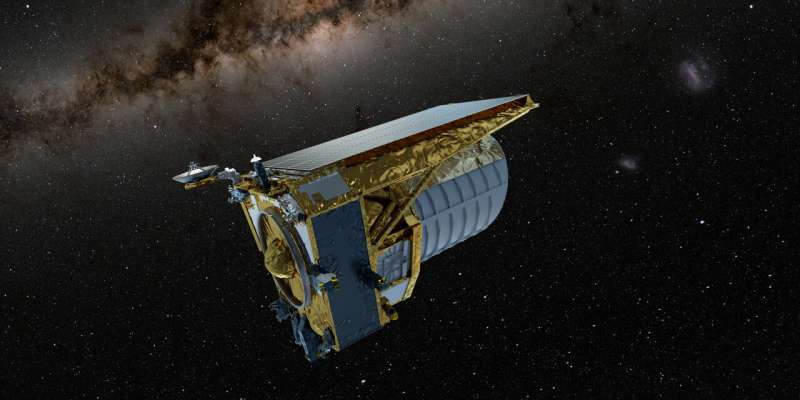
Euclid has found its "lost" guide stars as a software patch has solved its navigation woes and the next six years of observation schedules have been redesigned to avoid stray sunlight: it's the end of an interesting commissioning phase and Euclid will now undergo its final testing in full "science mode.
Hypergravity odyssey of Earth's tiniest plant
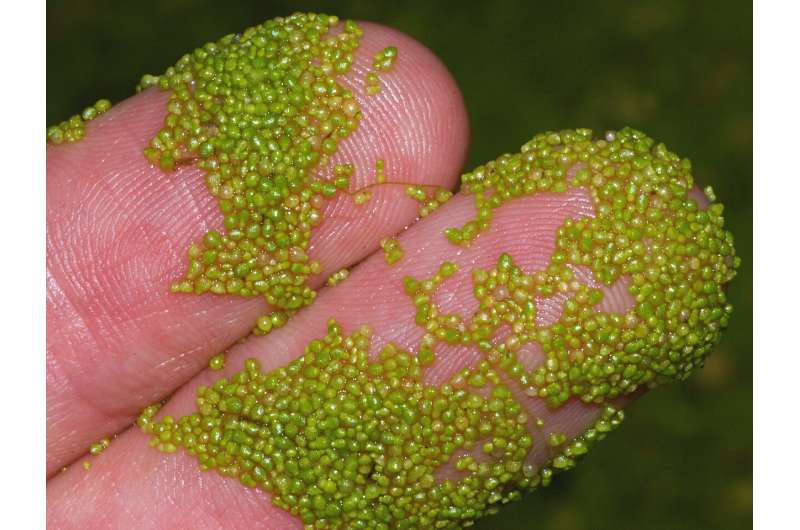
The smallest flowering plant on Earth might become a nutritious foodstuff for astronauts in the future, as well as a highly efficient source of oxygen. To help test their suitability for space, floating clumps of watermeal—individually the size of pinheads—were subjected to 20 times normal Earth gravity aboard ESA's Large Diameter Centrifuge by a team from Mahidol University in Thailand.
Based at ESA's ESTEC technical center in the Netherlands, the LDC is an 8-m-diameter, four-arm centrifuge that gives researchers access to a range of hypergravity up to 20 times Earth gravity for weeks or months at a time.
Access to the LDC was arranged through HyperGES, part of the Access to Space for All initiative sponsored by ESA and the United Nations Office of Outer Space Affairs, UNOOSA.
Amazon's challenge to Musk's Starlink to have first launch
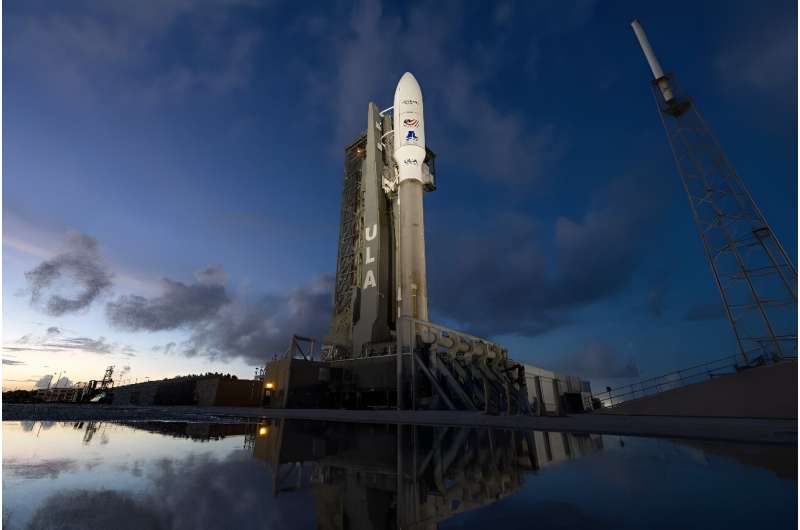
Amazon is set to launch two satellites on Friday, in its first test mission as part of its plan to deliver the internet from space and compete with Elon Musk's Starlink service.
The launch window for the Atlas V rocket from the United Launch Alliance (ULA) hub at Kennedy Space Center in Florida is scheduled to open for two hours at 2:00 pm local time (1800 GMT).
Once up and running, the company founded by Jeff Bezos says its Project Kuiper will provide "fast, affordable broadband to unserved and underserved communities around the world," with a constellation of more than 3,200 satellites in low Earth orbit (LEO).
Amazon's Project Kuiper takes flight with first satellite launch
 Amazon's expansive ambitions to delve into satellite-based broadband have taken a concrete form. On October 6, 2023, the e-commerce behemoth successfully launched KuiperSat-1 and KuiperSat-2, the initial pair of its projected constellation of more than 3,200 satellites. The launch, executed from Launch Pad 41 at Cape Canaveral Space Force Station, utilized the reliable United Launch Alliance Atl
Amazon's expansive ambitions to delve into satellite-based broadband have taken a concrete form. On October 6, 2023, the e-commerce behemoth successfully launched KuiperSat-1 and KuiperSat-2, the initial pair of its projected constellation of more than 3,200 satellites. The launch, executed from Launch Pad 41 at Cape Canaveral Space Force Station, utilized the reliable United Launch Alliance Atl ESA and Axiom Space forge partnership for future space exploration
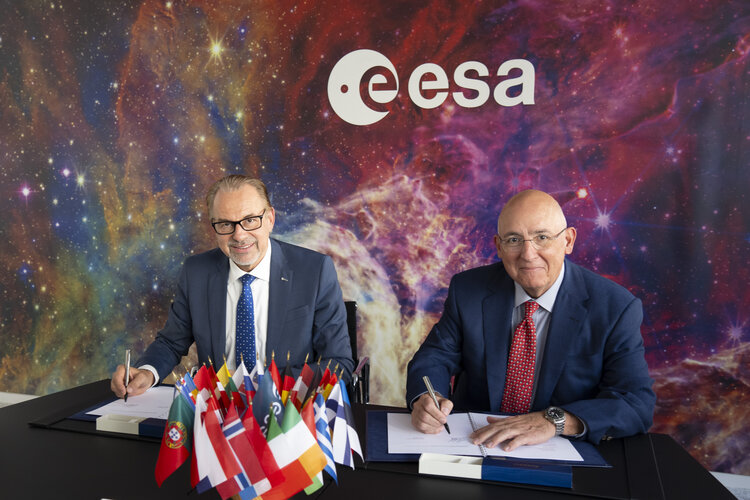
The European Space Agency ESA and Axiom Space signed a Memorandum of Understanding on 1 October in Paris to explore collaborative opportunities in human spaceflight, science, technology, and commercialisation.
Superconductivity at room temperature remains elusive
 by David D. Nolte | Professor - Physics and Astronomy, Purdue
On April 8, 1911, Dutch physicist Heike Kamerlingh Onnes scribbled in pencil an almost unintelligible note into a kitchen notebook: "near enough null."
The note referred to the electrical resistance he'd measured during a landmark experiment that would later be credited as the discovery of superconductivity. But first, he
by David D. Nolte | Professor - Physics and Astronomy, Purdue
On April 8, 1911, Dutch physicist Heike Kamerlingh Onnes scribbled in pencil an almost unintelligible note into a kitchen notebook: "near enough null."
The note referred to the electrical resistance he'd measured during a landmark experiment that would later be credited as the discovery of superconductivity. But first, he Instant evolution: AI designs new robot from scratch in seconds
 A team led by Northwestern University researchers has developed the first artificial intelligence (AI) to date that can intelligently design robots from scratch.
To test the new AI, the researchers gave the system a simple prompt: Design a robot that can walk across a flat surface. While it took nature billions of years to evolve the first walking species, the new algorithm compressed evol
A team led by Northwestern University researchers has developed the first artificial intelligence (AI) to date that can intelligently design robots from scratch.
To test the new AI, the researchers gave the system a simple prompt: Design a robot that can walk across a flat surface. While it took nature billions of years to evolve the first walking species, the new algorithm compressed evol 

